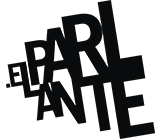
Is it possible to entertain and educate at the same time with a fictional product? This is what edutainment does and what the Oh my goig-La Series team wants to achieve: an attractive, transmedia audiovisual product with social responsibility. An original proposal by the producer Camille Zonca for Betevé , which also has a committee of young experts and the advice of elParlante .
“Oh my joy! it was probably one of the first national programmes to defend feminisms, the LGBTI community and the sexual and reproductive rights of the younger population”, says Albert Baquero Roig, producer of Camille Zonca, proudly. We are talking about 2016 when this television adventure began in the form of a magazine on Betevé. Since then, interest in these topics has been increasing, and by turning the program into a fiction series, they have found a much more diverse panorama, with a wider national and international offer.
But, there are many issues that make a difference in Oh My Joy!-The Series. One of them, without a doubt, is the participatory work that has been done since the third season, where the committee of young experts carries out a collective reading with scriptwriters and producers to give more realism to the series and the characters.
With guts in the air
The first two seasons of Oh My Goig, everyone agreed to opt for a more informative format, which moved between reporting and fiction sketches, and which had the advice of the Cjas Youth Center. The contents of OMG! were shared and discussed with high school students and their opinions and learnings were shared with the audience.
“As a producer we were interested in doing a project with social responsibility, working with young people. Dealing with the topic of sexuality, which we hadn’t gotten into, was good for us as a learning curve. From the first season we had learned a lot about gender and sexuality, and from young people; even though we had been working with young people for five years. However, we wanted to use fiction and entertainment as educational tools”, explains Aïda Torrent Ciudad, director of the series.
“The change of OMG! to OMG!-The Series it was not free but underlines the desire to make an interesting fiction product, which generates a bond, aimed at all audiences”, adds Baquero. “We wanted to continue to have advice, no longer from expert adults, which is also important, but more people of the same age to whom the series is directed, but with the added bonus of knowledge, activism and militancy in the issues it talks about OMG!”
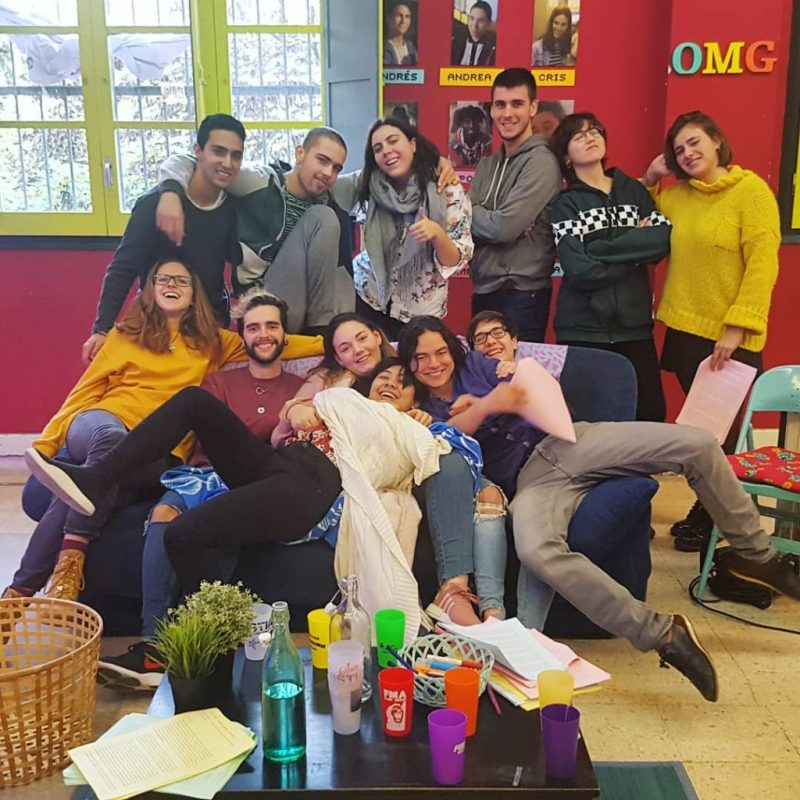
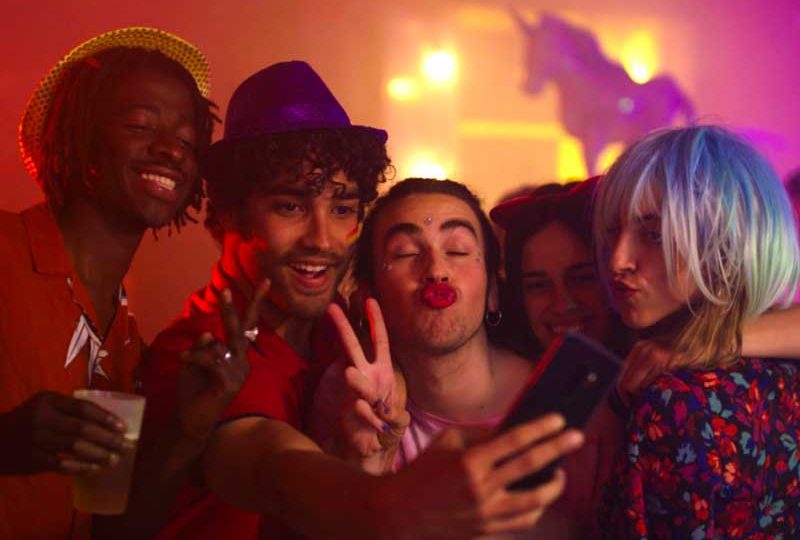
“This new format has even more visibility than it had before, perhaps because it has more diffusion and interaction through networks,” says Torrent. “It worked a lot, and that’s demonstrated by the awards (Zoom Festival and CAC),” says Baquero. “Because the fact of speaking bluntly, showing things and content made with young people, people are very surprised. (…) No more one is made Screenning test, as used to be done on TV, but a script test. Can this work?, And why not?, or How would you do it?, are some of the questions when we work on the plots. In the end, it’s a learning experience for us and for the audience.”
The team of young advisors
Since presenting the proposal for the third season at Betevé, Camille Zonca’s team contacted Alfredo Cohen Montoya to contribute his experience with elParlante, and to lend a hand in participatory work with the team of young experts. And, while work began as a consultancy on the finished scripts, for the fourth season, the committee already decided directly on the topics to be discussed. Along with the Instagram audience, who also suggested topics they missed in season three.
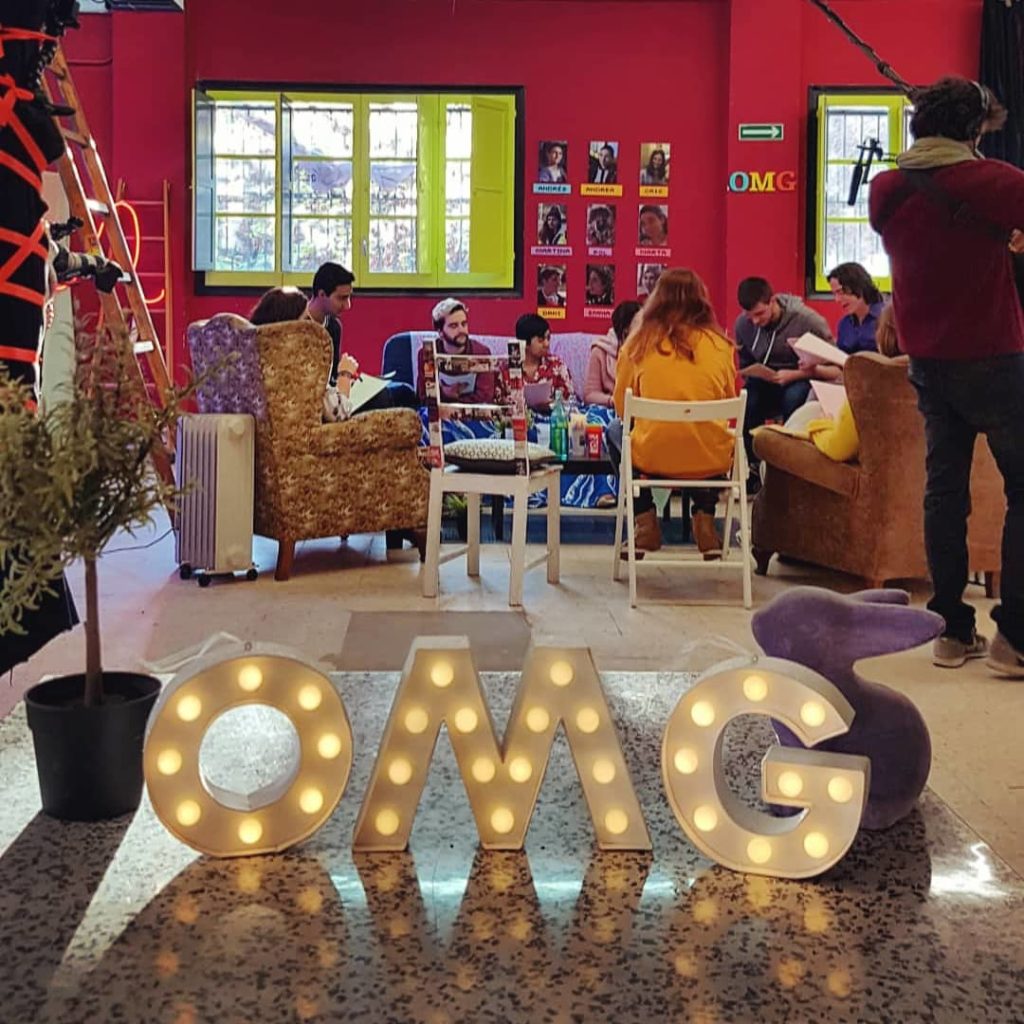
“From a first brainstorming session, energized by Alfredo, the topics were exposed. We proposed a narrative structure to them and they met in small thematic groups. Each group dealt with more specific plots. For example, there was talk of a girl getting pregnant. There was a commission in charge of taking care of the contents, that what it proposed was of interest to them, and that there were as many realistic elements as possible. We also consulted with some experts who came to these sessions to see if there were things that they (the team of young experts) did not know, they could consult. Pregnancy, STI (Sexually Transmitted Infections), consumption and addiction to networks and screens”.
Aïda Torrent, director of Camille Zonca.
But, the screenwriting process with young people doesn’t end there. Once the first version is finished, it is sent back to the committee so that they can express their opinion and assess whether the contents have properly collected the ideas shared during the previous sessions. The final scripts are validated by the committee and the production company.
Possibly Oh my goig!- The Series is not a top-down participatory project, as acknowledged by the production team. It is mediated by a creative team, producers, technicians and technicians who are responsible for giving the contents the professional finish that fiction needs. But this condition does not separate him from his educational vision. Rather, it gives him a new category, that of the Eduteinment.
What is this about Edutainment?
Edutainment is not simply another acronym invented by Americans. It has a very ancient origin, possibly in the Renaissance, and clearly refers to the use of entertainment as an educational tool. The combination Education + Entertainment has been used in board games, comics, radio, film, television and video games.
In Latin America, it is known as Eduentretenimiento and although it has very few references, almost all of them are of an academic nature. Within this panorama, there is a very interesting one, which was made in Colombia: Revela2 . A communication and health strategy that included a fiction series for young people and adolescents, focused on knowledge of their sexual and reproductive rights, as well as STI prevention.
“We always try to have an international look, both in the Scandinavian countries and in the Latin countries,” says Baquero. Revela2 has been a good reference for the series, in terms of the treatment of sexuality content. Another is the Norwegian fiction Skam, which works on the cultural and gender identity of new generations of very diverse young people and adolescents.
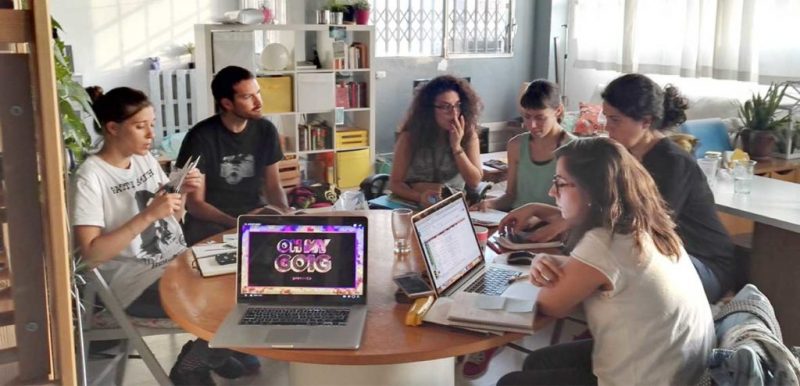
“The panorama is much broader today than a year and a half ago”, explain Albert and Aida. “Content that is interesting, gender, LGBTI, sex education too, such as Sex Education, which has very positive things, or Easy.” “What we always found was that the same stories were being told adding the touch of diversity to look good: the gay or lesbian friend, as if it were a quota, never telling those stories from the point of view of LGBTI or racialized people.” “They were like satellites around white heterosexual couples, and we also wanted to break away from that, running away from stereotypes.”
Right now, the spotlight is on YouTubers, on a more personal narrative, created from frankness, with more illustrative stories, and that’s why they incorporated one into the new season. It seems that Oh my joy!-The series still has many paths to explore, such as polyamory, for example. Because in the end her vision of the future is that of a world that explains different life options, where sexuality should not be worked on so much, where all people are better prepared. For now, they have to continue working for the premiere of the fourth season, in spring 2020.
